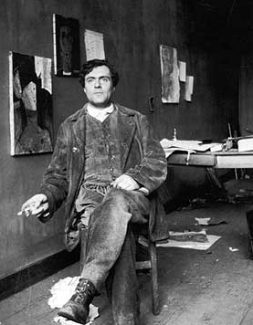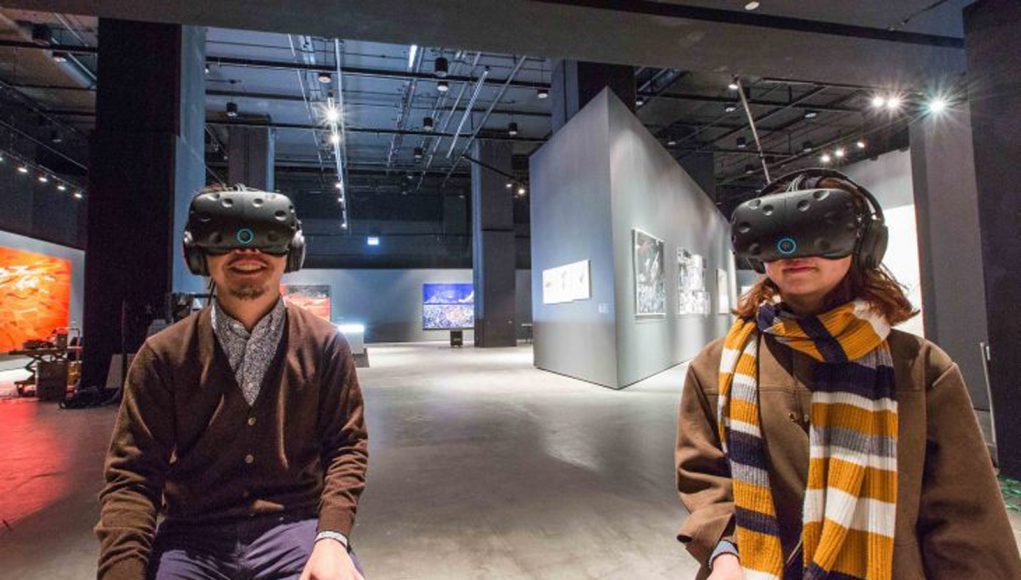HTC announced a new multi-million dollar VR initiative aiming to support content, creators and institutions that embrace VR not only as an artistic medium itself, but as a way to better immerse users in all forms of art. The company aptly calls the program VIVE Arts.
HTC says in a blogpost announcing the program, that Vive Arts was created to help cultural institutions fund and develop VR installations that furthers education of the arts across the globe. As a happy side effect, some of that content will also be made available on Viveport, Vive’s digital marketplace.
HTC has a history of partnering with museums worldwide since the launch of Vive in 2016, helping to engage the public in VR-accessible art and immersing them in the artists’ world through unique experiences. Vive headsets have made their way to exhibitions at museums including London’s Royal Academy of Arts, Taipei’s National Palace Museum, Muséum national d’Histoire naturelle in Paris, Washington D.C.’s Newseum, and St. Petersburg’s Hermitage Museum.

Now the company is facilitating its next project in London for Tate Modern’s major upcoming exhibition, Modigliani, opening on November 23rd. The VR portion of the exhibition draws on extensive archival material and new research surrounding painter and sculptor Amedeo Modigliani, and tells his story in a way a simple audio guide and informational placard never could; from the heart of early 20th century Paris. Called The Ochre Atelier: Modigliani VR Experience, ticketed museum-goers can go through the experience for free, although Tate Modern says there’s limited capacity, so free tickets must be collected on the day of your visit on a first come, first-serve basis. You can book tickets here.
“With the launch of Vive Arts, we are driving Virtual Reality’s influence in art and providing access to our world’s cultural heritage. We are empowering artists to create, and consumers to experience and interpret, art and culture in new ways,” said Joel Breton, vice president, VIVE Studios. “We are thrilled for the next Vive Arts’ project with Tate Modern, and support their mission to increase the public’s enjoyment and understanding of international modern and contemporary art.”
You can check out upcoming Vive Art installations here.










